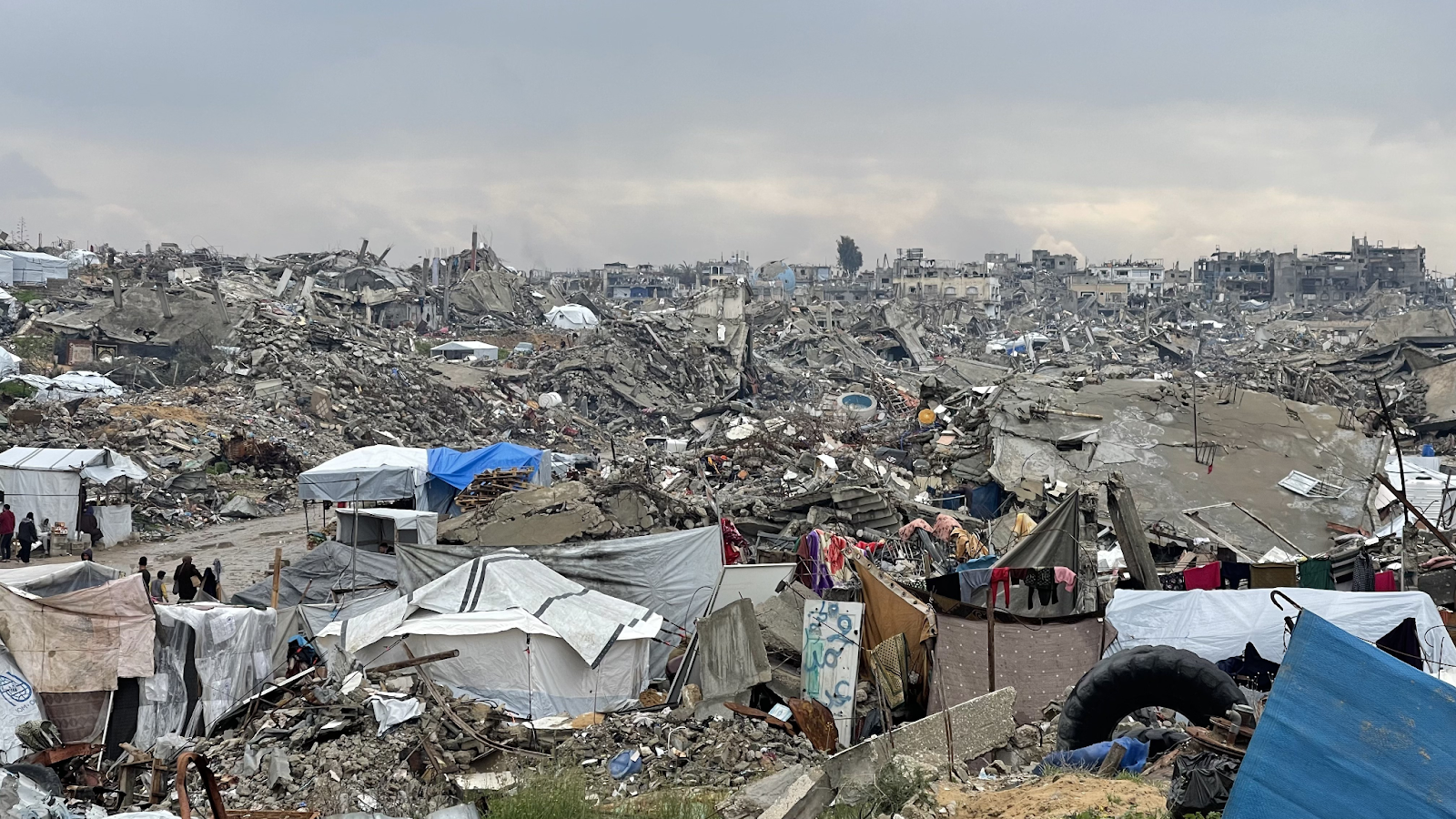October 7, 2025, marked two years since the war between Israel and Palestine began. On October 10, a ceasefire agreement took effect following complex negotiations among the conflicting parties and the United States.
The ceasefire is a result of the Gaza Peace Plan, a comprehensive plan aimed at establishing peace in the region. The plan was developed by President Donald Trump and his cabinet, along with mediators from across the region, including Qatar and Turkey.
In accordance with the plan, Gaza’s leading “government organization,” Hamas, was ordered to return all living and deceased Israeli hostages within 72 hours.
As of October 15, all living hostages have been returned; meanwhile, only a third of the 28 deceased hostages have been received by Israel.
The ceasefire comes in the aftermath of extreme terror and famine in Palestine. According to the United Nations, Gaza’s food insecurity status has been raised to a “phase-5”, which amounts to catastrophic levels of malnutrition for its people. The conditions in Gaza were officially classified as a humanitarian crisis following the most recent UN council meeting.
This most recent ceasefire, however, is not the only attempt that has been made to establish peace in the region. Back in January 2025, negotiators agreed on an initial ceasefire between the two aggressors, calling for many of the same terms as agreed upon in the ongoing one.
The January ceasefire allowed for some amounts of aid to be let into the country, a first since the beginning of the war. However, this ended when the Israeli Defence Force began launching “pre-emptive strikes” on the territory in March.
Tensions between Israel and Palestine date back to nearly a century ago. Palestine has slowly lost territory to Israel since the nation gained independence in 1948, with small conflicts including the 6-day war and the Yom Kippur War crippling Palestine’s sovereignty.
The current conflict began on October 7th, 2023, when Gaza’s leading government authority, Hamas, led a coordinated attack into Israel. The attack killed thousands of Israeli nationals, and the Israeli Defence Force prompted an invasion of Gaza with the intention of thwarting any further threats from Hamas.
However, Israel has been accused by many of targeting more than just Hamas militants during their invasion. Reports have shown the possible targeting of civilians during attacks, including one incident in August 2025 where a barrage of missiles struck a hospital, killing journalists and a number of the region’s few health workers.
Israel has also been accused of systematically blocking aid to Gaza throughout the war. Recent efforts to supply Palestinians with crucial aid, such as the Sumud Flotilla, have tried and failed to successfully deliver supplies to civilians on the strip.
According to Gaza’s Hamas-run health ministry, around 67000 people have died due to direct effects from the war. Around 30% of those deaths are individuals under the age of 18.
Criticism towards Israel’s actions has intensified across the globe. Protests have taken place across the nation, with many being on college campuses. World leaders have also begun to acknowledge Gaza conditions, with nations such as Canada, France, and Australia recognizing Palestine’s sovereignty.
Hopes are that this current ceasefire will stand and develop into stronger, safer relations between Palestine and Israel.

It makes my day better when I’m listening to good music and drinking a nice coffee.

Leave a Reply